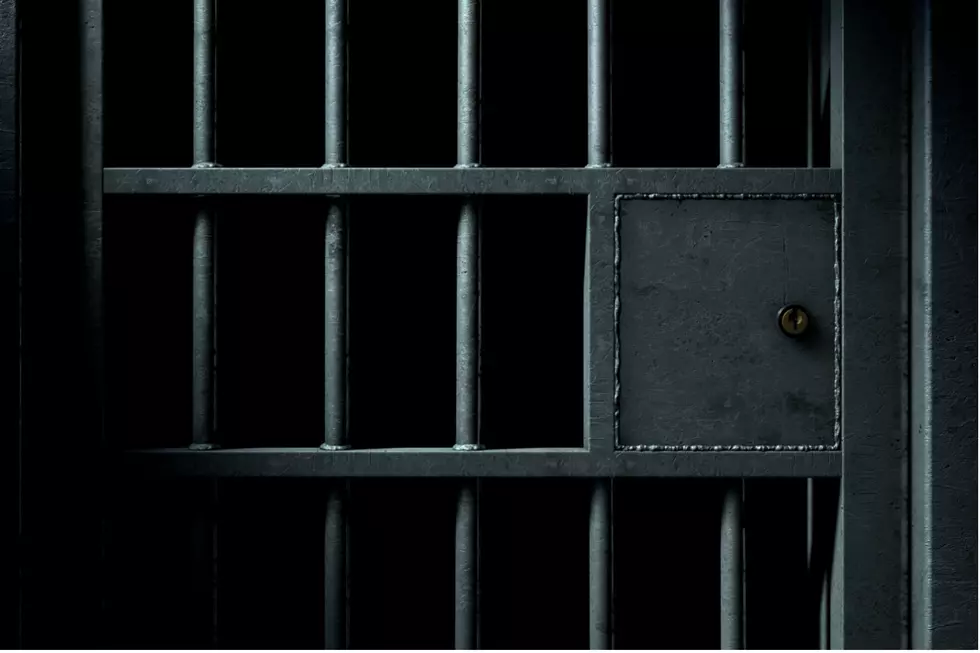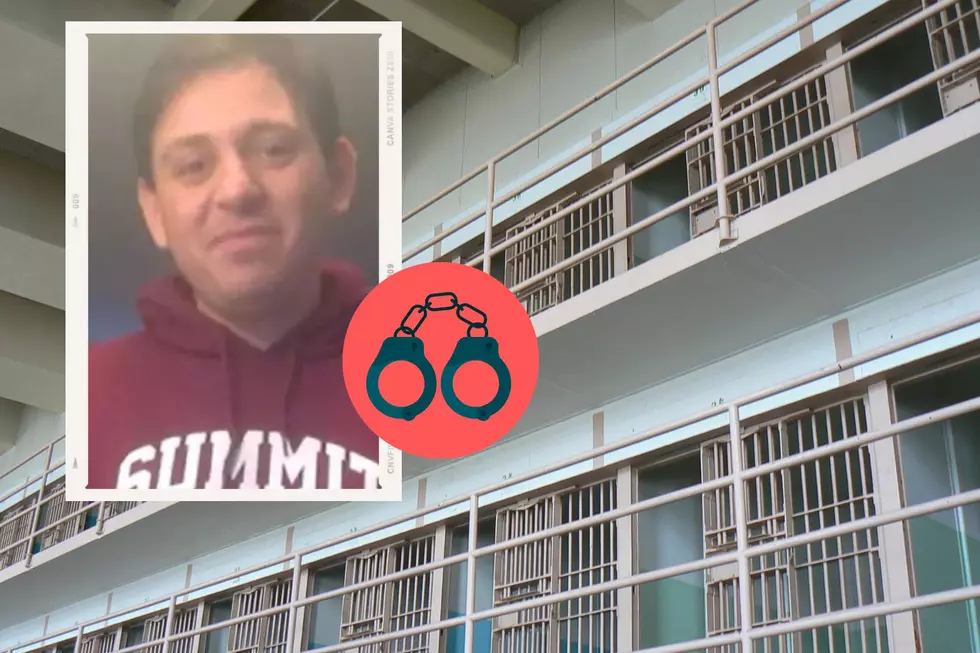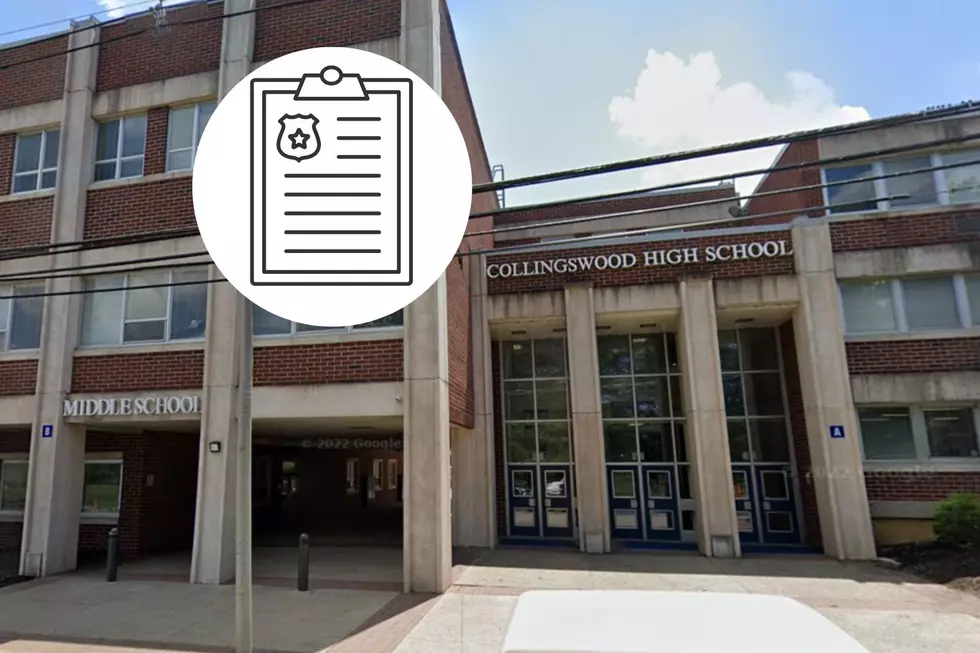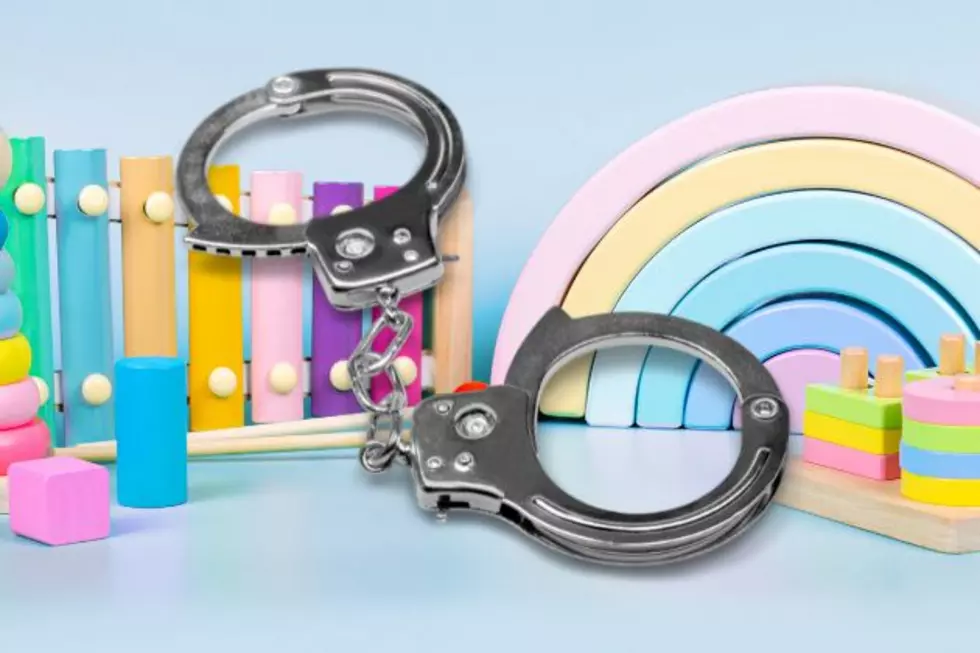
Fewer youth behind bars in New Jersey, report finds
The number of delinquent minors admitted to detention in New Jersey has dropped by thousands on an annual basis since the implementation of an effort focused on alternatives to lock-up, according to a new report.
Implemented in phases since 2004, and running statewide since 2019, the Juvenile Detention Alternatives Initiative has led to dramatic reductions in juvenile detention center populations, the report finds.
According to a press release from the Attorney General's Office and the Juvenile Justice Commission, the report finds that the average daily population of juvenile detention centers decreased by 73.9% when current data are compared to the year prior to JDAI implementation, resulting in 9,053 fewer youth admitted annually.
Youth of color accounted for nearly 90% of the decrease, the report finds.
NJ efforts to reduce juvenile detention population
“We know from research and direct experience that incarceration is one of the strongest predictors that a young person will have continued involvement in the juvenile justice system,” said Jennifer LeBaron, acting executive director of the JJC.
JDAI essentially aims to reduce the number of youth unnecessarily placed in detention, while also making sure public safety remains a top priority. Resources are redirected toward reforming youth who’ve made bad choices, instead of just locking them up.
"Even with these successes, New Jersey's youth justice reform continues, with a specific focus on minimizing racial disparities throughout the youth justice system, increasing opportunities for the diversion of low-level offenders into community-based programs where they can obtain needed services, and the strengthening of partnerships between schools, the youth justice system, and other stakeholders," said Attorney General Matthew Platkin.
Last year, according to officials, just 5.5% of youth were discharged from a detention alternative program as the result of a new charge. In 2020, the most recent year for which data is available, juvenile arrests were down compared to pre-JDAI years.
The progress has resulted in "deep and dramatic systemic change" in the state's youth justice system, according to officials. The decline in population has allowed several detention centers to merge — there are seven today, compared to 17 when JDAI first began.
Dino Flammia is a reporter for New Jersey 101.5. You can reach him at dino.flammia@townsquaremedia.com
Click here to contact an editor about feedback or a correction for this story.
The 99 top paying jobs in New Jersey
LOOK: Here's where people in every state are moving to most
25 richest people in America and how they did it
More From New Jersey 101.5 FM









